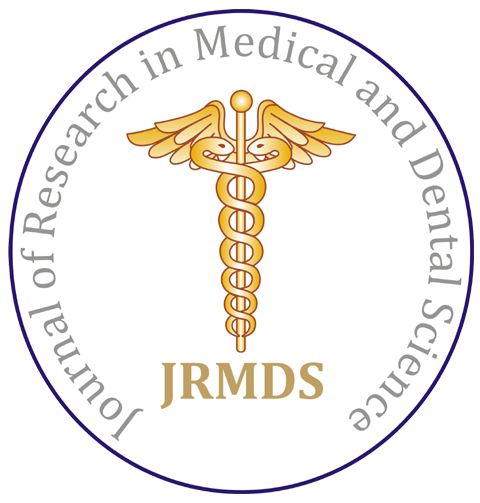Effectiveness of Alternate Methods of Toothbrush Disinfection: A Systematic Review
Author(s): Lalitha Rani Chellappa, Jayashri Prabakar*, Meignana Arumugham Indiran, Pradeep Kumar R and Srisakthi Doraikanan
Abstract
Toothbrushes are used every day in the home and become part and parcel of our lives. Yet we do not know the proper way to maintain, store and disinfect the toothbrushes. Because of this many oral infections can easily spread. To eradicate the unawareness, it is necessary to know a cheap method of toothbrush disinfection which can be used every day in home. The aim of the review is to assess the effectiveness of alternate methods of toothbrush disinfection. The Databases of PubMed, Cochrane, LILACS, Science direct, Metapress and were searched up to December 2018 for the related topic. In vitro studies in which the effectiveness of alternate methods of toothbrush disinfection have been evaluated. The systematic search revealed a total of 832 publications from PubMed, Cochrane, LILACS, Science direct, Metapress and which were scrutinized based on preset inclusion and exclusion criteria. Three publications fulfilled all the inclusion criteria, and 829 publications were excluded from the review. All the three studies used Microbiological analysis for determination of effectiveness of toothbrush disinfection via colony forming units. All the three studies had high risk of bias with level 6 evidence . Three studies reported statistically significant differences in favour of microwave disinfection compared to control groups or sterile water or tap water. There was not a significant difference between microwave and chemical methods of disinfection With the available evidence, based on quality assessment and evidence level of selected articles, it can be concluded that microwave disinfection is an effective method of disinfection than tap water and its cheap also. But there has to more studies done on disinfection against microorganisms.
